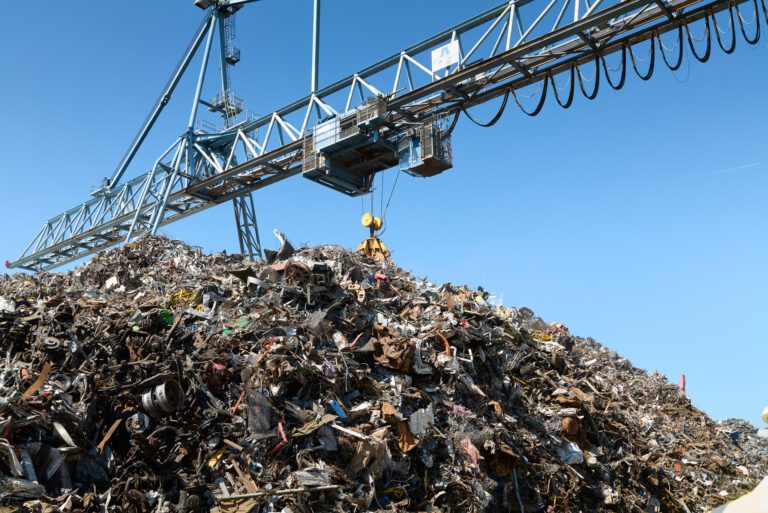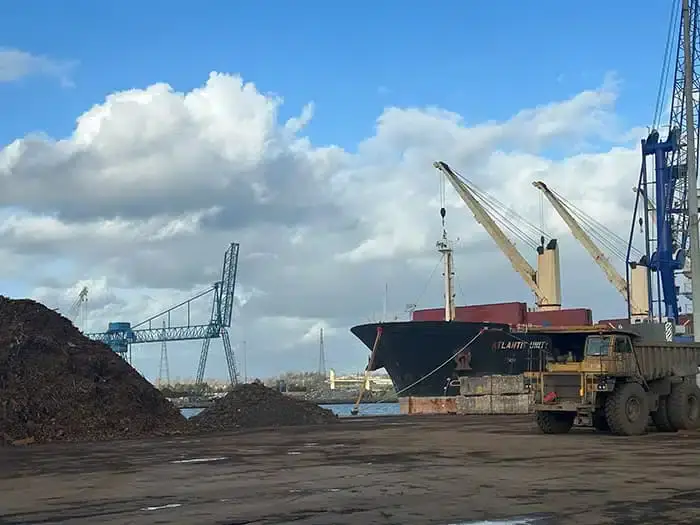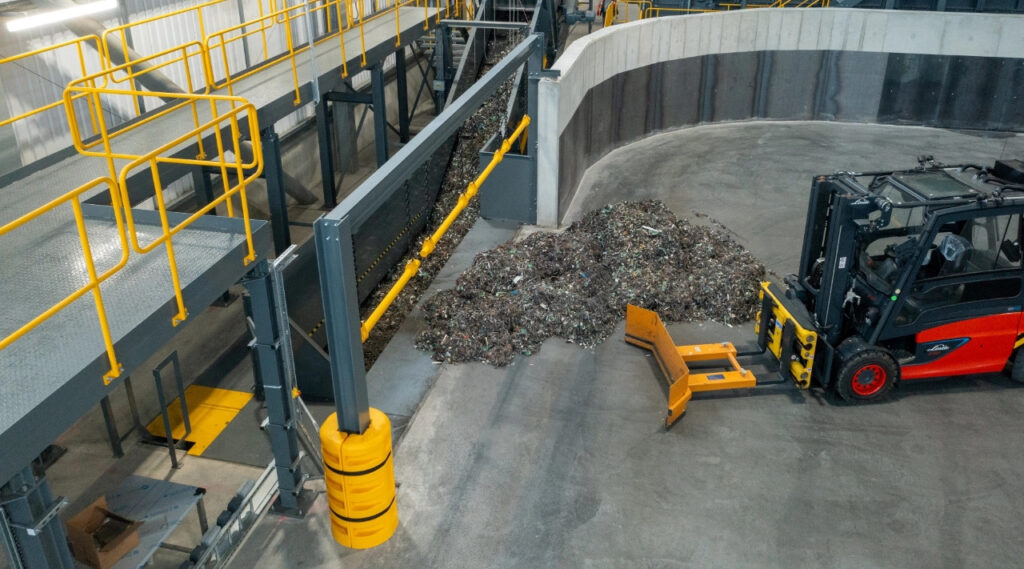Although the European Hazardous Waste List came into force yesterday (January 1 2002), the “new waste items”, will not become subject to the special waste controls until the government makes the new hazardous waste regulations, which are not expected before February.
The Hazardous Waste List is part of the European Waste Catalogue and includes a large number of new items including end-of-life vehicles (ELVs), which are seen as being particularly troublesome. ELVs, unless all hazardous waste has been removed, are now classed as hazardous waste. But the Department of the Environment, Food and Rural Affairs (DEFRA) is trying to make it as easier for the “new waste producers” to comply with the directive and the Environment Agency is taking a “very low key approach” to the situation.
Helping
DEFRA is currently consulting on the hazardous waste licence to streamline the consignment process and make it less bureaucratic and confusing. A DEFRA spokeswoman said: “We want to work with companies to focus on helping them comply rather than concentrating on enforcement.”
One issue which has concerned recycling officers is the inclusion of end-of-life vehicles, which could worsen their abandoned vehicle problem because consignment notes would increase costs and mean that it will take longer to remove vehicles. It is still not clear if local authorities will have to obtain a consignment note but these currently cost 15 per movement by a licensed carrier and this has seen some recycling officers fear that the cost of paying for consignment notes could be enormous.
William Benson, of Maidstone Borough Council, who has just produced a scrutiny report on the abandoned car problem warned that any delay to the removal process would make abandoned vehicles more dangerous and more likely to be torched.
However, a DEFRA spokeswoman told letsrecycle.com that the government wants to make it as easy as possible for local authorities and said that the Hazardous Waste List will not be too much of an issue for them. She said: “We want to keep burdens as minimal as possible and it is likely that local authorities will be registered for hazardous waste licences free with the Environment Agency. The local authority or the contractor on behalf of the local authority will take the vehicle to a treatment site where it will have to be de-polluted and registered. But there should not be too much of an additional burden for local authorities.”
The issue of how to classify an ELV also needs to be resolved. And a spokesman for the Environment Agency said that the agency was “very eager” to find out what will be classed as an end-of-life vehicle. “We are still waiting for the lead from the government. We are waiting on DEFRA so we know what we well have to do and how we will have to operate.”
Continued on page 2.








Subscribe for free